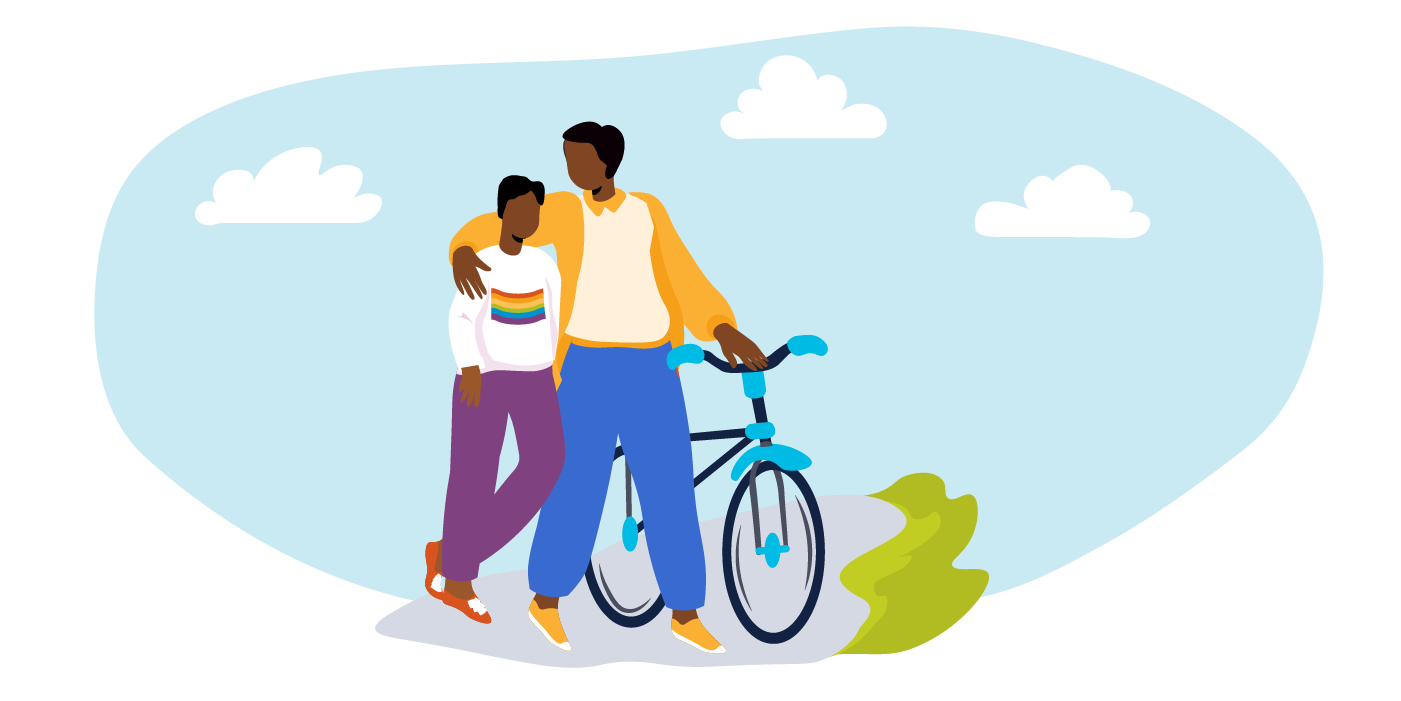 Whether you’re considering CBT for yourself (or someone else), or you’re just looking for more information about it, here’s what you need to know.
Whether you’re considering CBT for yourself (or someone else), or you’re just looking for more information about it, here’s what you need to know.
What is CBT?
“Cognitive Behavioral Therapy, briefly stated, is a solution focused therapy that proposes the model that our thoughts, our emotions, and our behaviors are synchronized in such a way that our belief will be associated with emotions that we experience, and our behaviors will be aligned with those,” says Allen R. Miller, a CBT clinician and trainer at the Beck Institute. “If we make changes in the way that we think about something or the way that we feel about something or the way that we act, then those other components will be affected.”
Whereas traditional talk therapy might be more circuitous, and shift in topic depending on whatever’s on your mind when you go in for your appointment, CBT is generally more structured, and relies on a plan developed by the therapist and the patient when they first meet.
Firstly, think of CBT like an umbrella — there are a number of subtypes that fall underneath it. One common form is exposure therapy, typically used to treat acute fears and phobias. “Exposure therapy is slowly and gradually, fully with patient consent, and as a collaborative model, exposing the person to the thing that they are scared of or are fearful of,” says Aleta Angelosante, a cognitive behavioral therapist at NYU Langone Health.
When you’re deciding whether CBT is the right kind of therapy for you, says Angelosante, it’s important to consider your motives. “Are you sort of wanting to get a deeper understanding of yourself, and just want to talk to someone?” she says. If so, “that’s more of a traditional psychotherapy route.” But if you have a clear problem you want to address, and you’re not necessarily looking for the root of — whether it’s social anxiety, or a fear of flying, or OCD, CBT might be a better option.
While traditional talk therapy can go on indefinitely, and its duration is often left to the patient to decide, CBT more often has a fixed timeline. “Most standard CBT in a research setting is somewhere in the order of 10 to 20 sessions,” says Angelosante.
Angelosante, who works primarily with children and young adults, says, “I might see a kid when they’re 8, and we deal with their anxiety or whatever it is at that time, and then I hear back from them when they’re 12 or 15, because things have changed, or something else has popped up. Then we can kind of start all over again, or we can just do some booster sessions, depending on what they need.”
Excerpted from “Everything You Need to Know About Cognitive Behavioral Therapy” in The Cut. Read the full article.
Source: The Cut | Everything You Need to Know About Cognitive Behavioral Therapy, https://www.thecut.com/2018/06/what-is-cognitive-behavioral-therapy-cbt.html | © 2020 Vox Media, Inc.
A screening can help you determine if you or someone you care about should contact a mental health professional. Care Coordinators can arrange a free 30 minute Care Consultation so you can explore options with an expert. Call or email our Care Coordinators at 650.688.3625 or careteam@testing.chconline.org to set up an initial Consultation appointment.





